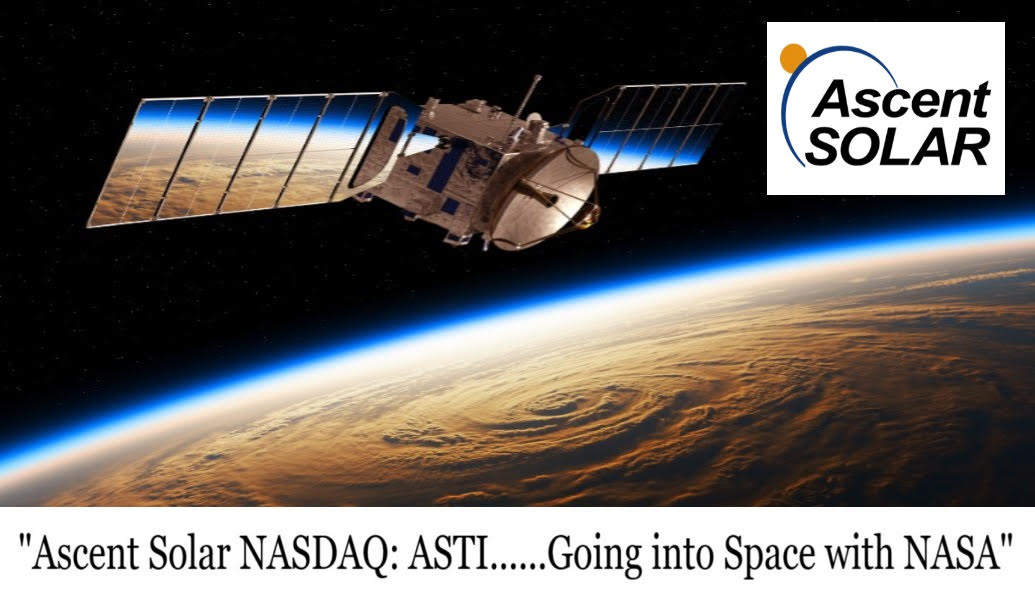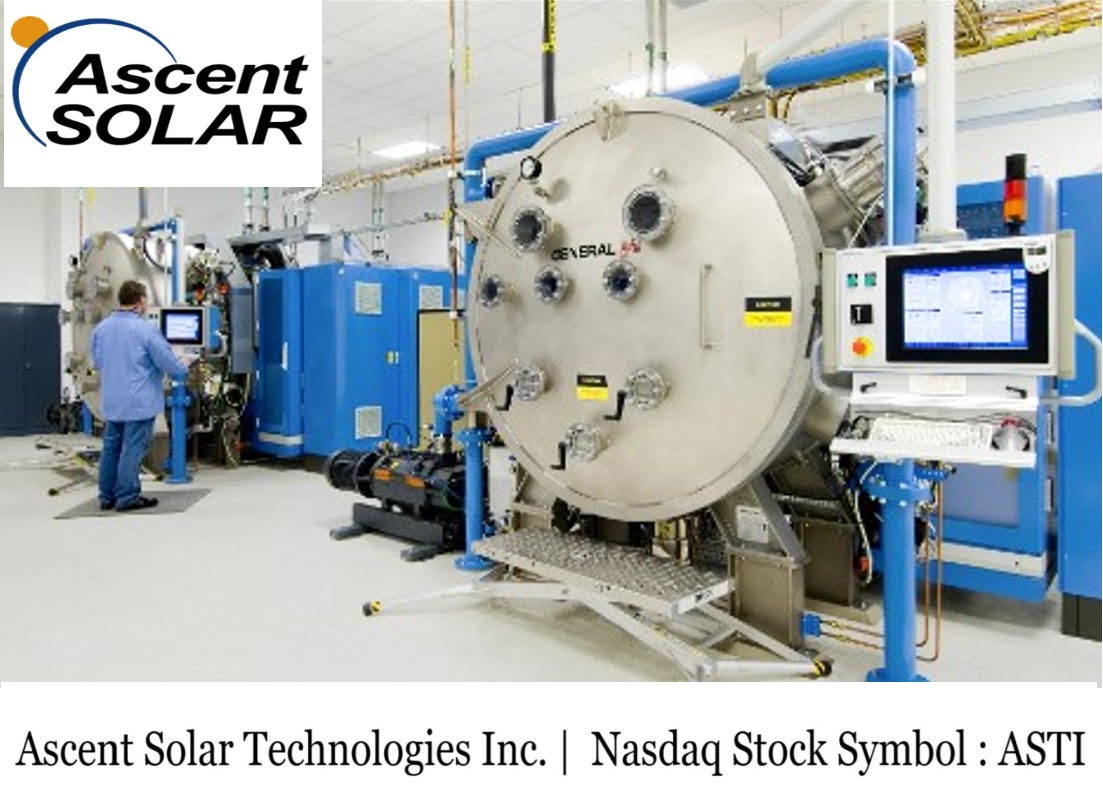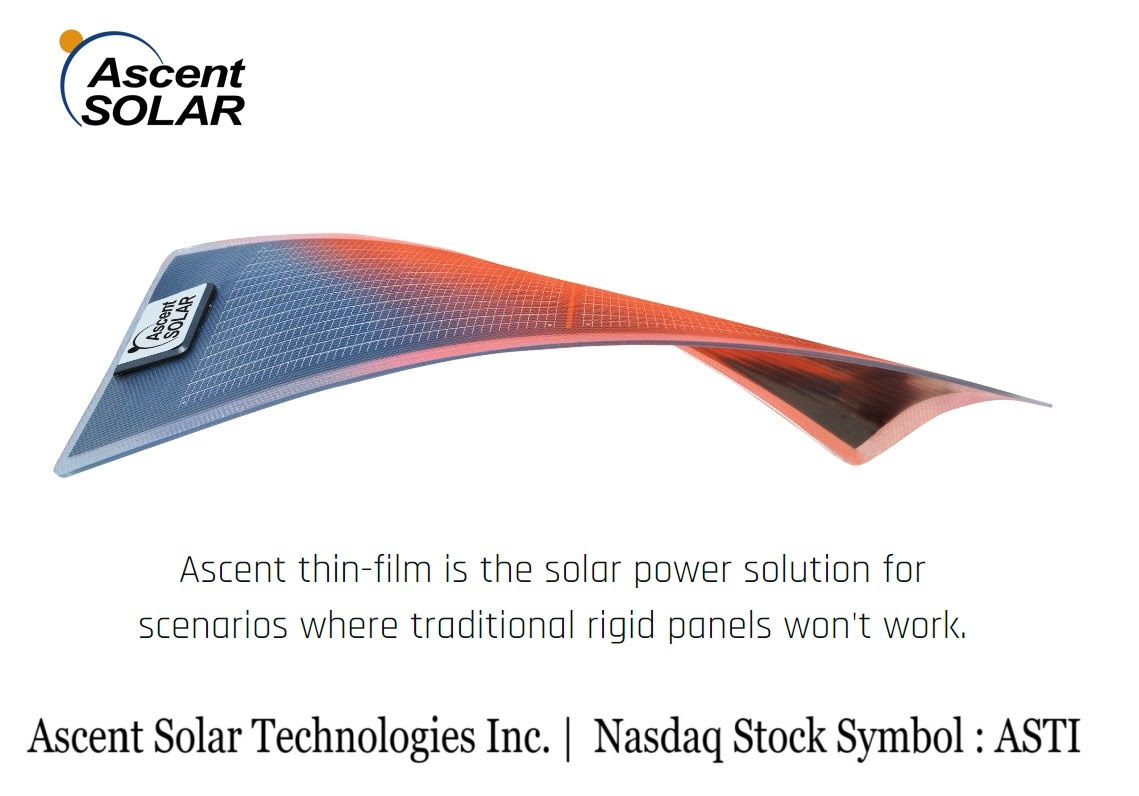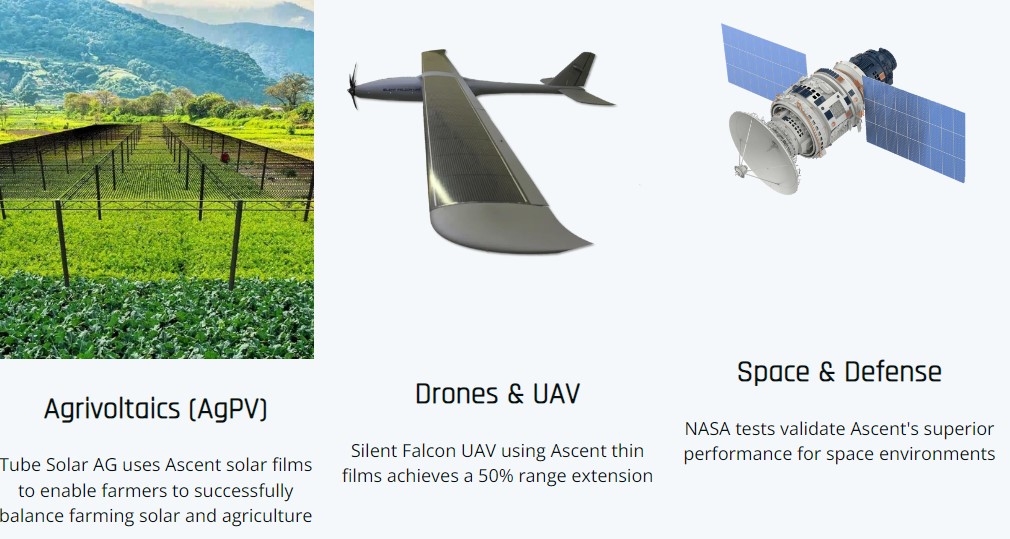Popular on Rezul
- New Study Reveals Nearly Half Of TikTok Shop Stores Generate Zero Sales Despite Platform's $100 Million Black Friday Success - 111
- Holiday Inn Express North Hollywood Burbank Area Announces Conversion to Hampton Inn North Hollywood - 104
- Mensa Foundation Prize Awarded to Neuroscientist-Pianist - 102
- Baker Rights and Coercive Psychiatry: The Citizens Commission on Human Rights of Florida Hosts Monthly Mental Health Law and Human Rights Seminars
- CredHub and ManageAmerica Partner to Empower Residents Through Seamless Rent Reporting Integration
- Keepy Uppy™ by Ollyball Wins Prestigious 2025 Influencer Award from Clamour & The Toy Association; Announces Fall 2025 Launch at Target Stores
- A new global property platform with a twist has arrived, its name is U-SellBest.com or to the person that created it USB
- Anti-war groups protest vs US-NATO actions in Gaza, Iran, the Global South
- Jeopardy!'s Ken Jennings Headlines National Mensa Event
- Be in a New O'Dwyer Home Before Back to School & Enjoy up to $15,000 Towards Your New Home
Similar on Rezul
- Brain Behind Kenya's Hustler Fund Now Leading Charge to Establish United African Defence Force & Unified Maritime Border
- Ignazio Arces Wins Silver Stevie Award in New York as Culture Transformation Leader of the Year
- Pixel Studio Productions Launches Same-Day Headshots in Houston
- Exelon Leader Tamla Olivier Named 2025 Technologist of the Year by Waves of Change STEM Conference
- Be Part of the World's Largest Art Biennale | Moons, Castles, Trees | Copenhagen Chronotopes
- SeedList Launching Institutional Crypto Crowdfunding Project to Empower Retail Investors and Disrupt the VC-Dominated Crypto Fundraising Landscape
- Rent Like A Champion Acquires CollegeWeekends
- databahn Announces Subscription Access to Fortune 500 GenAI Deep Dive Sales Intelligence Reports
- AI startup Congero offers instant websites with 24/7 updates - aiming to replace web agencies
- Yasmine Roulleau named Managing Director in Vancouver, Canada
Agreement to Supply US-Based Defense Provider with Thin-Film Solar Tech for Orbital Application; Ascent Solar Technologies, Inc. (N A S D A Q: ASTI)
Rezul News/10706598
Ascent Solar Technologies, Inc. (N A S D A Q: ASTI) $ASTI has a Collaborative Agreement Notice with NASA to Advance Development of Thin-Film PV Power Beaming Capabilities
THORNTON, Colo. - Rezul -- Provider of Innovative, High-Performance, Flexible Thin-Film Solar Panels for Environments Where Wass, Performance, Reliability and Resilience Matter.
Successful Applications in Space Missions, Aircraft, Agrivoltaic Installations, Industrial/Commercial Construction and Consumer Goods.
Research and Development Center and 5-MW Nameplate Production Facility Strategically Located in Thornton, Colorado.
Multiple Strategic Partners in the Space Market, Including a Major Defense Contractor, Multiple Deployable Technology Companies and a Satellite Company.
Teaming Agreement to Supply US-Based Defense Solutions Provider with Thin-Film Solar Technology for Orbital Application.
Ascent Solar Technologies Enters Collaborative Agreement Notice with NASA to Advance Development of Thin-Film PV Power Beaming Capabilities.
Record New Efficiency of 15.7% at Production Scale for CIGS Solar Technology.
Ascent Solar Technologies, Inc. (N A S D A Q: ASTI) is backed by 40 years of R&D, 15 years of manufacturing experience, numerous awards, and a comprehensive IP and patent portfolio. ASTI is a leading provider of innovative, high-performance, flexible thin-film solar panels for use in environments where mass, performance, reliability and resilience matter. ASTI photovoltaic (PV) modules have been deployed on space missions, multiple airborne vehicles, agrivoltaic installations, in industrial/commercial construction as well as an extensive range of consumer goods, revolutionizing the use cases and environments for solar power. The ASTI research and development center and 5-MW nameplate production facility is strategically located in Thornton, Colorado.
Teaming Agreement to Supply US-Based Defense Solutions Provider with Thin-Film Solar Technology for Orbital Application
On June 27th ASTI announced today a Teaming Agreement to supply a US-based defense solutions provider with its cutting edge, thin-film solar technology solutions for upcoming orbital applications and future missions.
ASTI is able to offer mission-optimized solar array solutions using its CIGS PV product line that has been developed with spaceflight heritage. These high-maturity CIGS PV products are produced domestically in the ASTI 5 MW facility in Thornton, CO, enabling array deliveries in just six-to-eight weeks. In contrast, most competitors are unable to meet tight delivery deadlines, often requiring lead times of nine-to-twelve months. Earlier this year, ASTI received several orders for spaceflight hardware assemblies that are on schedule to be completed and delivered this summer.
More on Rezul News
Ascent Solar Technologies Enters Collaborative Agreement Notice with NASA to Advance Development of Thin-Film PV Power Beaming Capabilities
THORNTON, Colo., June 26, 2025 -- Ascent Solar Technologies (N a s d a q: ASTI) ("Ascent" or the "Company"), the leading U.S. innovator in the design and manufacture of featherweight, flexible, and durable CIGS thin-film photovoltaic (PV) solutions, announced today that the company is commencing work on a Collaborative Agreement Notice (CAN) with NASA Marshall Space Flight Center (MSFC) and support from NASA Glenn Research Center (GRC) to efficiently advance capabilities for receiving beamed power using CIGS PV modules.
The CAN program targets rapid iterative development to mature commercial products for enabling mission architectures to include beamed power. The public-private partnership includes Ascent contributing design and prototyping services with NASA providing technical subject matter expertise and test services through combined MSFC & GRC efforts. This 12-month technology maturation will result in commercial products being made available for distributed space power infrastructure, drastically lowering the cost, complexity and risk of NASA missions.
Launched in 2023, NASA's Psyche Mission has demonstrated deep space laser communications across 19 million miles of space, validating the efficacy of tight-beaming technologies over vast distances. Bench-testing conducted by NASA MSFC in 2024 demonstrated receiving beamed power using Ascent's commercial-off-the-shelf (COTS) products as a preceding validation of the technology prior to the CAN award.
The CAN is evaluating the ability of Ascent's CIGS PV modules to generate power while illuminated by energy-dense beams of light, with goals to convert more usable power from the equivalent of tens of Earth's Sun. The ability to remotely receive 10x more power on-demand while using the same PV cells tasked with collecting sunlight can significantly reduce solar array mass and volume required to meet mission power needs. In practice, this suggests that beamed-power architectures can lead to reductions of both spacecraft mass and volume budgets. These size efficiencies will result in agency payloads proportionally increasing relative to the spacecraft as a whole, thus allowing the prioritization of more technology, science and exploration within limited mission budgets.
Planetary missions require advanced surface mobility logistics and depend on power generation subsystems that comprise a substantial proportion of the landed downmass. It is here where Ascent technology poses a potential solution for reducing spacecraft power system mass and volume needs, creating a significant impact on the overall mission.
The CAN's goals include increasing the array power output while lengthening the operational duty cycles to verify that improvements to this emerging technology can help enable NASA to effectively and efficiently achieve the agency's Commercial Lunar Payload Services (CLPS) missions, Artemis campaign to the Moon, and planetary science objectives. This includes enabling surviving the lunar night as well as powering remote access to areas of scientific interest such as cold traps and permanently shadowed regions on the Moon (PSRs) where water, the potential key to lunar in-situ resource utilization (ISRU), is believed to be located in high concentrations. Ultimately, this could lead to an order of magnitude reduction in the downmass required to access expensive space exploration and science mission destinations. The going rate for robotic landers on the Moon is between 6 & 7-figures per kilogram delivered to the lunar surface, equating to upwards of tens of millions of potential savings per lander mission.
More on Rezul News
"This collaboration with NASA further bolsters our longstanding belief that the unique capabilities of thin-film solar technology will play an integral role in overcoming the challenges of reliably converting solar energy and also receive beamed power in a breadth of harsh space environments," said Paul Warley, CEO of Ascent Solar Technologies. "Through our work together, we plan to bring an even more capable product line to market that will reduce mission costs and complexities while improving PV efficiency, making our technology a crucial piece of future space missions."
This cross-NASA-center teaming is demonstrative of rallying together with commercial partners to achieve the agency's broader Lunar program goals. Beamed power stands to allow NASA program dollars to accomplish more at a fraction of the cost. With 55 countries having signed the Artemis Accords since 2020, the establishment of critical Lunar infrastructure with less resources required facilitates achieving more together with international partners.
Achievement of Record New Efficiency of 15.7% at Production Scale for CIGS Solar Technology
On June 9th ASTI announced that its thin-film CIGS technology reached record efficiency at 15.7% (AM0) at production scale. This achievement aligns with the previously announced ASTI 2025 strategy which aimed to continue improving upon its thin-film PV's material quality, technological efficiency and production design optimization to increase the applicability of the technology in the space market.
Using the Titan™, a module approximately one square foot in size, ASTI can now produce a formidable 15.7 watts in power per unit. These modules are approximately 0.03mm in thickness and just over eight grams in weight, possess an impressive power density of 1960W/kg before encapsulation.
ASTI engineering and production teams have consistently achieved increases in device efficiency and overall performance since September 2023. In the last 18 months, ASTI has reached significant milestones in efficiency testing, with the latest achievement of 15.7% representing a significant increase from Q1 2024:
(Note: Power generation figures reflect STC conditions and AM0)
"These continued efficiency improvements for our CIGS arrays are the direct result of our U.S.-based manufacturing team's tireless focus on process improvement and advanced device engineering," said Paul Warley, CEO of ASTI. "The jump in device efficiency we've experienced over the past two years has dramatically enhanced our technology's readiness for the space market, positioning it as an ideal solar material choice for satellite power systems and other spacecraft."
For more information on $ASTI visit: https://www.ascentsolar.com or https://compasslivemedia.com/asti/For more information on $ASTI visit:
Media Contact
Company Name: Ascent Solar Technologies, Inc (N a s d a q: ASTI)
Contact Person: Paul Warley, CEO
Email: sales@ascentsolar.com
Phone: (720) 872-5000
Country: United States
Website: https://www.ascentsolar.com
DISCLAIMER: https://corporateads.com/disclaimer/
Disclosure listed on the CorporateAds website
Successful Applications in Space Missions, Aircraft, Agrivoltaic Installations, Industrial/Commercial Construction and Consumer Goods.
Research and Development Center and 5-MW Nameplate Production Facility Strategically Located in Thornton, Colorado.
Multiple Strategic Partners in the Space Market, Including a Major Defense Contractor, Multiple Deployable Technology Companies and a Satellite Company.
Teaming Agreement to Supply US-Based Defense Solutions Provider with Thin-Film Solar Technology for Orbital Application.
Ascent Solar Technologies Enters Collaborative Agreement Notice with NASA to Advance Development of Thin-Film PV Power Beaming Capabilities.
Record New Efficiency of 15.7% at Production Scale for CIGS Solar Technology.
Ascent Solar Technologies, Inc. (N A S D A Q: ASTI) is backed by 40 years of R&D, 15 years of manufacturing experience, numerous awards, and a comprehensive IP and patent portfolio. ASTI is a leading provider of innovative, high-performance, flexible thin-film solar panels for use in environments where mass, performance, reliability and resilience matter. ASTI photovoltaic (PV) modules have been deployed on space missions, multiple airborne vehicles, agrivoltaic installations, in industrial/commercial construction as well as an extensive range of consumer goods, revolutionizing the use cases and environments for solar power. The ASTI research and development center and 5-MW nameplate production facility is strategically located in Thornton, Colorado.
Teaming Agreement to Supply US-Based Defense Solutions Provider with Thin-Film Solar Technology for Orbital Application
On June 27th ASTI announced today a Teaming Agreement to supply a US-based defense solutions provider with its cutting edge, thin-film solar technology solutions for upcoming orbital applications and future missions.
ASTI is able to offer mission-optimized solar array solutions using its CIGS PV product line that has been developed with spaceflight heritage. These high-maturity CIGS PV products are produced domestically in the ASTI 5 MW facility in Thornton, CO, enabling array deliveries in just six-to-eight weeks. In contrast, most competitors are unable to meet tight delivery deadlines, often requiring lead times of nine-to-twelve months. Earlier this year, ASTI received several orders for spaceflight hardware assemblies that are on schedule to be completed and delivered this summer.
More on Rezul News
- 2025 ESPY After Party Brings Together Celebrities, Athletes, and Industry Power Players at Skybar
- "Build Your Brand, Grow Your Business" Offers Entrepreneurs a Step-by-Step Blueprint for Success
- Pixel Studio Productions Launches Same-Day Headshots in Houston
- Titan Pressure Washing Featured in Cleaner Times Magazine for Raising the Bar in Client Education
- PropTrove launches in Florida, introducing targeted property leads for home services marketing
Ascent Solar Technologies Enters Collaborative Agreement Notice with NASA to Advance Development of Thin-Film PV Power Beaming Capabilities
THORNTON, Colo., June 26, 2025 -- Ascent Solar Technologies (N a s d a q: ASTI) ("Ascent" or the "Company"), the leading U.S. innovator in the design and manufacture of featherweight, flexible, and durable CIGS thin-film photovoltaic (PV) solutions, announced today that the company is commencing work on a Collaborative Agreement Notice (CAN) with NASA Marshall Space Flight Center (MSFC) and support from NASA Glenn Research Center (GRC) to efficiently advance capabilities for receiving beamed power using CIGS PV modules.
The CAN program targets rapid iterative development to mature commercial products for enabling mission architectures to include beamed power. The public-private partnership includes Ascent contributing design and prototyping services with NASA providing technical subject matter expertise and test services through combined MSFC & GRC efforts. This 12-month technology maturation will result in commercial products being made available for distributed space power infrastructure, drastically lowering the cost, complexity and risk of NASA missions.
Launched in 2023, NASA's Psyche Mission has demonstrated deep space laser communications across 19 million miles of space, validating the efficacy of tight-beaming technologies over vast distances. Bench-testing conducted by NASA MSFC in 2024 demonstrated receiving beamed power using Ascent's commercial-off-the-shelf (COTS) products as a preceding validation of the technology prior to the CAN award.
The CAN is evaluating the ability of Ascent's CIGS PV modules to generate power while illuminated by energy-dense beams of light, with goals to convert more usable power from the equivalent of tens of Earth's Sun. The ability to remotely receive 10x more power on-demand while using the same PV cells tasked with collecting sunlight can significantly reduce solar array mass and volume required to meet mission power needs. In practice, this suggests that beamed-power architectures can lead to reductions of both spacecraft mass and volume budgets. These size efficiencies will result in agency payloads proportionally increasing relative to the spacecraft as a whole, thus allowing the prioritization of more technology, science and exploration within limited mission budgets.
Planetary missions require advanced surface mobility logistics and depend on power generation subsystems that comprise a substantial proportion of the landed downmass. It is here where Ascent technology poses a potential solution for reducing spacecraft power system mass and volume needs, creating a significant impact on the overall mission.
The CAN's goals include increasing the array power output while lengthening the operational duty cycles to verify that improvements to this emerging technology can help enable NASA to effectively and efficiently achieve the agency's Commercial Lunar Payload Services (CLPS) missions, Artemis campaign to the Moon, and planetary science objectives. This includes enabling surviving the lunar night as well as powering remote access to areas of scientific interest such as cold traps and permanently shadowed regions on the Moon (PSRs) where water, the potential key to lunar in-situ resource utilization (ISRU), is believed to be located in high concentrations. Ultimately, this could lead to an order of magnitude reduction in the downmass required to access expensive space exploration and science mission destinations. The going rate for robotic landers on the Moon is between 6 & 7-figures per kilogram delivered to the lunar surface, equating to upwards of tens of millions of potential savings per lander mission.
More on Rezul News
- 4Closure Rescue Expands Foreclosure Prevention Services to Support Homeowners Nationwide
- Exelon Leader Tamla Olivier Named 2025 Technologist of the Year by Waves of Change STEM Conference
- Be Part of the World's Largest Art Biennale | Moons, Castles, Trees | Copenhagen Chronotopes
- SeedList Launching Institutional Crypto Crowdfunding Project to Empower Retail Investors and Disrupt the VC-Dominated Crypto Fundraising Landscape
- Boise Housing Prices See Modest Decline as Market Begins to Normalize
"This collaboration with NASA further bolsters our longstanding belief that the unique capabilities of thin-film solar technology will play an integral role in overcoming the challenges of reliably converting solar energy and also receive beamed power in a breadth of harsh space environments," said Paul Warley, CEO of Ascent Solar Technologies. "Through our work together, we plan to bring an even more capable product line to market that will reduce mission costs and complexities while improving PV efficiency, making our technology a crucial piece of future space missions."
This cross-NASA-center teaming is demonstrative of rallying together with commercial partners to achieve the agency's broader Lunar program goals. Beamed power stands to allow NASA program dollars to accomplish more at a fraction of the cost. With 55 countries having signed the Artemis Accords since 2020, the establishment of critical Lunar infrastructure with less resources required facilitates achieving more together with international partners.
Achievement of Record New Efficiency of 15.7% at Production Scale for CIGS Solar Technology
On June 9th ASTI announced that its thin-film CIGS technology reached record efficiency at 15.7% (AM0) at production scale. This achievement aligns with the previously announced ASTI 2025 strategy which aimed to continue improving upon its thin-film PV's material quality, technological efficiency and production design optimization to increase the applicability of the technology in the space market.
Using the Titan™, a module approximately one square foot in size, ASTI can now produce a formidable 15.7 watts in power per unit. These modules are approximately 0.03mm in thickness and just over eight grams in weight, possess an impressive power density of 1960W/kg before encapsulation.
ASTI engineering and production teams have consistently achieved increases in device efficiency and overall performance since September 2023. In the last 18 months, ASTI has reached significant milestones in efficiency testing, with the latest achievement of 15.7% representing a significant increase from Q1 2024:
- Q3 2023: 11.6 watts
- Q4 2023: 13.3 watts
- Q1 2024: 14.0 watts
- Q2 2025: 15.7 watts
(Note: Power generation figures reflect STC conditions and AM0)
"These continued efficiency improvements for our CIGS arrays are the direct result of our U.S.-based manufacturing team's tireless focus on process improvement and advanced device engineering," said Paul Warley, CEO of ASTI. "The jump in device efficiency we've experienced over the past two years has dramatically enhanced our technology's readiness for the space market, positioning it as an ideal solar material choice for satellite power systems and other spacecraft."
For more information on $ASTI visit: https://www.ascentsolar.com or https://compasslivemedia.com/asti/For more information on $ASTI visit:
Media Contact
Company Name: Ascent Solar Technologies, Inc (N a s d a q: ASTI)
Contact Person: Paul Warley, CEO
Email: sales@ascentsolar.com
Phone: (720) 872-5000
Country: United States
Website: https://www.ascentsolar.com
DISCLAIMER: https://corporateads.com/disclaimer/
Disclosure listed on the CorporateAds website
Source: CorporateAds
0 Comments
Latest on Rezul News
- Calmwater Capital Funds $22.8 Million Loan to Refinance Retail Complex in Park City
- A Dream in Blue: Honoring Tony Treadwell's Lifelong Love of Football
- 4Closure Rescue Launches Nationwide to Help Homeowners Stop Foreclosure and Save Their Homes
- Lighthouse Home Advantage Program Announces: Expanded Lender Credit Tiers Now Live in San Diego
- $53 Million Company Valuation Investment with Majority Acquisition Option, Plus New Stock CUSIP Supporting Brand Transition of Fan Engagement Company
- FTE Networks, Inc Shareholders Elect New Board of Directors
- $14M Deal with Famed David Lloyd for Sports, Entertainment & Gaming, AI Powered Fan Engagement Company; New Stock CUSIP; Creating Shareholder Value
- Disposable Vape Ban Spurs Hayati Innovation
- Prolific Hollywood "Unknown Actor" Leads 11 Day SoCal, Hands-On, Performer Employment Securing Residency that Shows Others How to Get More Work
- Dr. Harmon Completes Prestigious Zygomatic Implant Residency in Brazil
- Agreement to Deliver Thin-Film Solar Technology to Space Solar Array Provider, NASA Collaborative Agreement for Orbital Applications in Power Beaming
- Iterators LLC Honored with IST82 State Award for Accessibility in Massachusetts
- Josh & Heidi Share Upcoming "Spreading the Good BUZZ" Podcast Guests, Select Top Five Elopement Locations as Their Instagram Presence Grows Globally
- Opteamix Launches StackRewrite.AI to Transform Enterprise Legacy Modernization
- "The Pornified Generation": Dr. Chris Samuels Exposes the Toxic Alliance Between Bro Culture and Pornography That's Rewiring a Generation
- NETCLO AI Insurance. Helping fight the insurance crisis and assisting the real estate community
- The Modern Insurance Store Expands Medicare Help Services for Seniors in Cincinnati
- Ironside HR Named Fastest-Growing Staffing Firm for Second Year
- Inframark Continues to Build Its Community Management Capabilities and Multi-Disciplinary Presence in Arizona
- ICAST 2025: The Crystal-Clear Revolution Begins at Booth #3233





